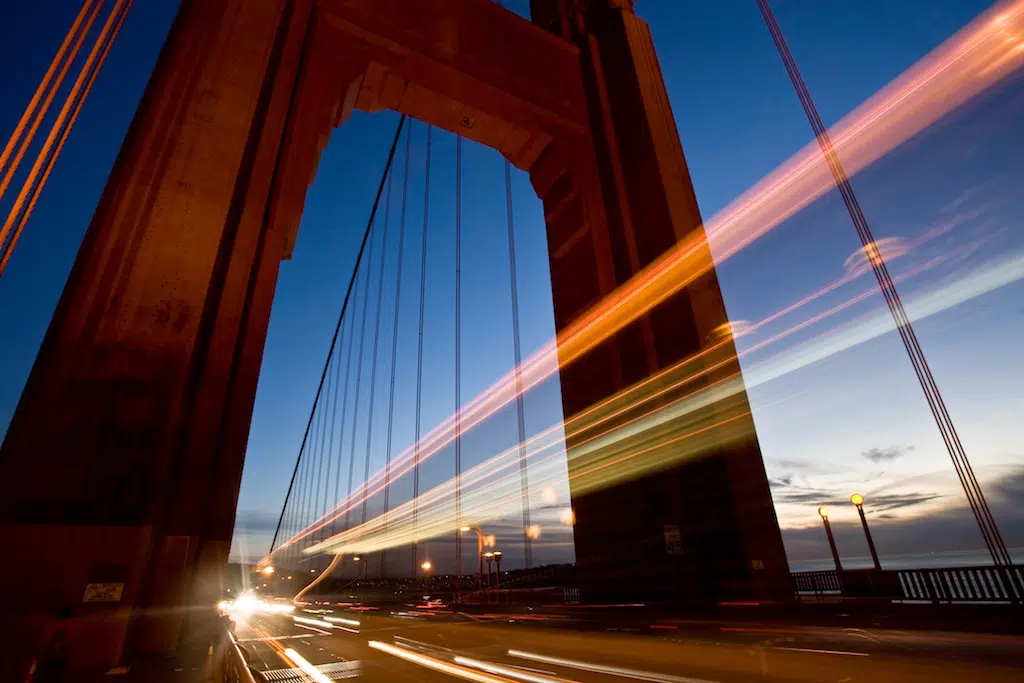
Studies Link Shorter Daylight Hours to Higher Rates of Car Accidents and Pedestrian Injuries
Daylight Saving Time (DST) ended on the first Sunday of November at two in the morning. People set their clocks back an extra hour to become darker earlier in the evening until DST starts again in the spring. With earlier dusks starting during peak commuting hours, new safety topics for drivers and pedestrians need to be addressed.
How does the ending of DST affect people’s risks of being in a car accident? And how does early darkness affect pedestrian safety? According to an article from The Dover Post, disruptions in sleep cycles can lead to drowsy driving, and shorter days can mean that more people will be commuting in the dark. “Although we gain an hour of sleep, our sleep patterns are disrupted. This can result in unsafe drowsy driving episodes,” said Ken Grant, the manager of public and government affairs for AAA Mid-Atlantic. “Be aware that the shorter days this time of year can create more drowsiness behind the wheel,” Grant clarified.
In addition, Mayor Bill de Blasio launched the city’s fourth annual Dusk to Darkness safety campaign as part of its Vision Zero initiative, which aims to increase pedestrian safety on New York City roads. The campaign included a “day of awareness” to remind New Yorkers of the dangers faced by pedestrians and cyclists during the fall and winter.
Getting the Facts About Car Accidents
How often do car accidents happen because of drowsy driving? Do more car accidents occur at a particular time of day? The National Highway Traffic Safety Administration (NHTSA) and the U.S. Centers for Disease Control and Prevention (CDC) provide some of the following facts and figures:
- Highest percentage of car accidents occur between the hours of 3 p.m. and 6 p.m.;
- Pedestrian fatalities are highest during rush hour, particularly after the end of daylight saving time;
- As many as one in 25 American adult drivers admits to falling asleep behind the wheel in the last 30 days; and
- Drowsy driving is responsible for as many as 72,000 accidents and 44,000 injuries every year.
AAA mid-atlantic provides the following safety tips for motorists and pedestrians following the end of Daylight Saving Time:
For drivers:
- Don’t speed;
- Turn on your headlights during the early morning and evening hours so you are fully visible. Keep headlights on at dusk and dawn;
- Keep your vehicle’s headlights and windows clean on the inside and outside;
- Do not use high beams when there are other cars or pedestrians around. It takes more than a few seconds for a driver’s eyes to become adjusted to the darkness after they have been blinded by high beams;
- Yield to pedestrians in crosswalks and do not pass vehicles stopped at crosswalks.
For pedestrians and bicyclists:
- Only cross at intersections.
- Look left, right and then left again at an intersection and only cross when the coast is clear;
- Do not jaywalk;
- Do not cross the road in the middle of the street or between parked cars;
- Avoid walking in traffic if there are no sidewalks or crosswalks available. If you choose to walk in an area where there is no sidewalk, make sure to walk in the direction facing traffic;
- Evaluate the distance and speed of oncoming traffic before you step into the street;
- Wear bright colors or reflective clothing when walking or biking at night. Carry a flashlight as well to be visible;
- Don’t listen to music when walking or cycling. If you choose to listen to music, make sure the volume is low so that you can hear things around you;
- Put lights and reflectors on your bicycle to make you more visible when riding at night.
Stay safe this fall and winter. If you or someone you love got hurt in a collision with a motor vehicle, you should learn more about your options by speaking with a car accident attorney.



